![]()
Especially for the launch of the new line of flagship Google Pixel 7 smartphones, which are fully announced at today’s presentation tonight, The Verge website made an excursion into history to remember the whole difficult path of Google in the smartphone market – from the first Android smartphone HTC Dream (2008) to the latest Pixel model 6A (2022) . Made an adapted translation of the nostalgic text.

Pixel’s goal is to showcase the best of Android and offer manufacturers and consumers a glimpse of what Google’s operating system can—and perhaps even should look like. After all, the iPhone has always been known for its serial interface and the coherent ecosystem of Apple devices, while Android phones have long suffered from fragmentation, which led to serious differences in the perception of the OS by different manufacturers.
Google has learned from the best in the industry how to build phones like the Nexus line by partnering with manufacturers like HTC, Samsung, LG and Motorola, a company that Google owned for a while. We invite you to dive into the memories and look not only at every Pixel made by Google, but also at the phones that led to it.
Pixel 6A (2022)
![]()
The Pixel 6A is the latest phone released by Google and is part of a budget line that is usually geared towards having the best camera available. However, in this version of the phone, Google has focused on performance, using a new Tensor chip and last year’s 12-megapixel sensor. The phone is slightly smaller than the previous 6th model: it has a 6.1-inch screen with a refresh rate of just 60Hz. There is no wireless charging, less RAM, and a headphone jack, but there is a fingerprint sensor under the display. At $449, which is $150 less than the Pixel 6, it’s one of the best smartphone deals out there right now.
Rating: 8 out of 10
Pixel 6 and 6 Pro (2021)
![]()
Google has completely redesigned the Pixel 6 and 6 Pro, using high-quality metal and glass materials to bring their phones back to competitive flagship status. The camera panel has received a new design, and the reliable rear fingerprint scanner has been replaced by a slower one under the screen.
The company has unveiled its own Tensor chip that powers artificial intelligence and machine learning on the Pixel 6, and for the first time in years, the phone gets new camera sensors.
Both models have wide-angle and ultra-wide cameras, but the Pro has a telephoto lens as well as an improved 11-megapixel front camera. They’re huge compared to the Pixel 5: the Pixel 6 ($599) has a 6.4-inch 90Hz screen, while the Pro ($899) has a 6.7-inch 120Hz screen with curved edges.
Both models support 5G. The Pixel 6 Pro has 12GB of RAM versus the regular 6’s 8GB.
Rating: 9 out of 10
Pixel 5A (2021)
![]()
For $449, Google offered a phone with a 6.3-inch display, great battery life, IP67 waterproofing, a headphone jack, 128GB of storage, a metal body, and the same Snapdragon 765G as the Pixel 5. No wireless charging.
Although the 5A had 5G, it didn’t support mmWave like some 4A models, plus it didn’t have C-band 5G despite Google admitting the necessary hardware is in place.
The model came in only one color – which was called black, but it looked like dark green and was complemented by a mint green power button.
Rating: 8 out of 10
Pixel 5 (2020)
![]()
Google released just one iteration of the flagship Pixel in 2020 and has completely abandoned the experimental Project Soli features found on the Pixel 4 5G phones. The huge “bangs” that had the function of unlocking by reading the face disappeared. Now the phone is framed only by thin bezels and a small cutout for the camera at the top.
The Pixel 5 was announced on the same day as the 4A 5G, but the last one came out a month later. Both phones have the same Snapdragon 765G processor and good wide and ultra wide cameras. The $649 Pixel 5 was $200 more expensive than the 4A 5G but had IP68 waterproofing, 8GB of RAM instead of 6GB, a premium aluminum design, wireless charging, and a 6-inch 90Hz OLED screen.
Rating: 8 out of 10
Pixel 4A and Pixel 4A 5G (2020)
![]()
The Pixel 4A was released about two months before the 4A 5G, and the Pixel 5 was released sometime in between. The 4A was the most affordable Pixel at $349 and had a large 5.8-inch screen with a punch-hole front camera.
The camera on the 4A was good, despite the lack of an image processor that speeded up the process of photographing. The 4A 5G featured a larger 6.2-inch screen and an ultra-wide-angle camera that replaced the Pixel 4’s telephoto lens.
The 5G version was more expensive at $499, but it also had a faster processor and larger battery than the Pixel 4A. Google saved money by not adding water resistance and wireless charging ratings to the 4A pair, but added a headphone jack instead.
Rating: 8 out of 10 and 7.5 out of 10 (5G)
Pixel 4 and Pixel 4 XL (2019)
![]()
If you could describe the Pixel 4 and 4 XL in one word, it would be ambitious, but not in the best possible way. Google decided to make its Project Soli the stellar technology of that year: features that let you wave your hand to snooze an alarm or skip music tracks. The idea was not bad, but it did not work very reliably.
Paired with a new infrared face unlock sensor, the Pixel 4 pair featured large bezels on the top and bottom. The screen was good – at 90Hz, there was also a telephoto lens – although an ultra-wide-angle camera would probably have been more desirable. In terms of software, the phones came with Android 10 and had the useful Live Transcribe feature. All of these features, along with decent battery life and memory that starts at 64GB, can be had for $799 for the regular version and $899 for the XL.
Rating: 8 out of 10 and 8.5 out of 10 (XL)
Pixel 3A and Pixel 3A XL (2019)
![]()
Google started releasing budget versions of the Pixel A-line earlier in the year, and the Pixel 3A and 3A XL were on trend. The $399 and $479 (XL) phones took the most important parts of their flagship counterparts and were accessible to more people.
The OLED screens were 5.6 and 6 inches respectively, but the processor was downgraded to the Snapdragon 670. They also lacked a dedicated image processor, but the camera quality remained decent and the devices delivered excellent battery life.
The cases are made of cheaper plastic than the expensive Pixel 3 phones. Google has also stopped offering the free, full-quality photo backups that previous models offered.
Rating: 8 out of 10
Pixel 3 and Pixel 3 XL (2018)
![]()
The Pixel 3 ($599) and Pixel 3 XL ($699) got wireless charging and large, high-quality OLED screens, but the XL had a huge notch. The 12.2-megapixel rear camera is the same sensor as the previous model, but Google has upgraded the dedicated image processor so you can capture faster and better pictures.
The phones also had a wide front camera for taking selfies with a lot of people. Compared to the competition, the phone had large bezels, but the excellent front-facing speakers remained and sounded even better. The headphone jack did not return, but it was at least supposed to connect USB-C wired headphones.
Google also introduced its Pixel 3 call verification feature, which allows the bot to speak to the caller to confirm it’s not a marketing call.
Rating: 8.5 out of 10
Pixel 2 and Pixel 2 XL (2017)
![]()
The Pixel 2 had IP67 water resistance and an amazing AI camera that set the bar high for years to come. Google ditched the headphone jack, but provided a dongle to use your own headphones.
It was also possible to “squeeze” the Pixel 2 to activate Google Assistant, and there was a Shazam-like feature on the lock screen that displayed what song was playing near you. The XL model had a bright 6-inch screen, but the regular model’s 5-inch screen quality was not good enough. There was still no wireless charging, but there were very good quality front speakers.
Rating: 8.5 out of 10 and 8 out of 10 (XL)
Pixel and Pixel XL (2016)
![]()
The Google Pixel ($649) and Pixel XL ($769) were the first phones developed in-house and served as the blueprint for “true” Android. Other manufacturers continued to push their own launchers and features, but Pixel was reminded of what this OS should look like.
The star of the release was Google Assistant, and it seemed to be way ahead of Siri’s capabilities. The phone was similar to the iPhone 7 and 7 Plus but still had a headphone jack.
These “pixels” had excellent battery life and OLED screens (5-inch and 5.5-inch for XL), but did not include waterproofing. Google has attracted customers with free full-fledged photo storage in Google Photos for the life of the phone.
Rating: 9 out of 10
Huawei Nexus 6P (2015)

Google has at least 10 more phones it has a hand in making. The Nexus 6P was the last model in Google’s line before the Pixel, and it was the best phone the company had released at the time.
Built by Huawei, this big phone ran pure Android 6.0 Marshmallow, had a huge AMOLED screen, and a fingerprint scanner on the back. It had USB-C, which was rare at the time. The quality of the bulge camera was excellent.
Rating: 8.8 out of 10
Nexus 5X by LG (2015)
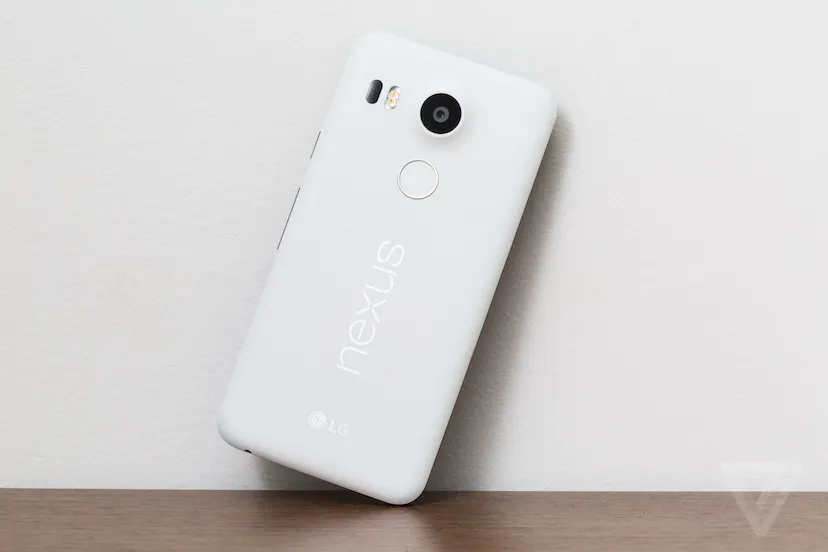
LG’s Nexus 5X has a design based on the 2013 Nexus 5, but the phone is faster and has a larger 5.2-inch screen. Despite the size, it was still easy to use one-handed, had better battery life, and was even more affordable – at $379.
However, overall it looked “cheap” and had a slow camera, although the image quality was good.
Rating: 8.3 out of 10
Nexus 6 by Motorola (2014)
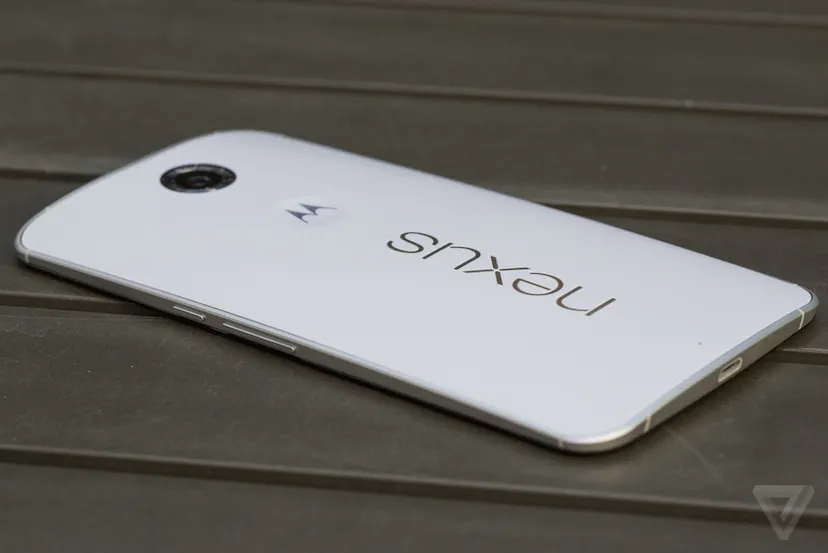
The phablet trend launched by Samsung caught the attention of Motorola. The Nexus 6 had a 6-inch screen that was larger than the iPhone 6 Plus and cost $100 less. It had front-facing stereo speakers and 32GB of onboard storage, but no SD card expansion. Stock Android Lollipop with a “material design” interface was the focus of this phone, and it also became the first phone to work with the Google Fi MVNO cellular network.
Rating: 8.6 out of 10
Nexus 5 by LG (2013)
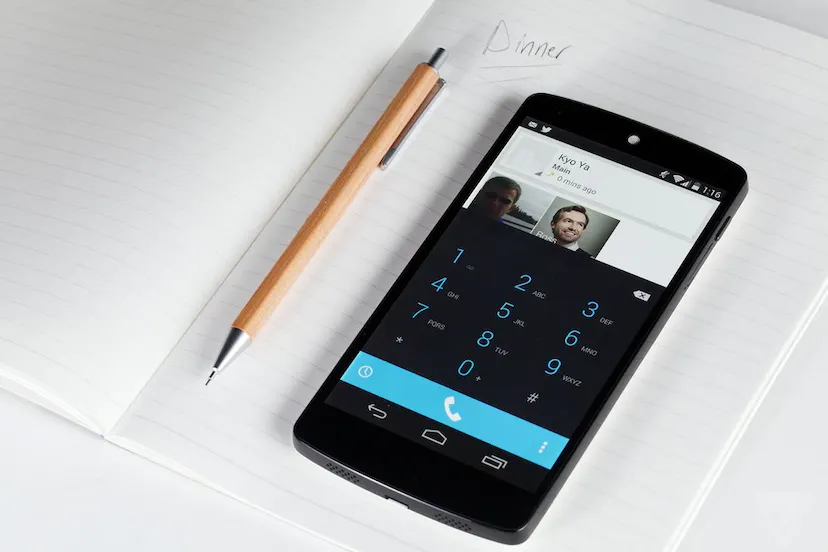
After the success of the Nexus 7 tablet, Google began to get serious about marketing the brand’s phones to consumers, not just developers and power users. It had a large 4.95-inch 1080p screen, but the Samsung Galaxy S4 had a slightly larger and better quality one. The Nexus 5 finally got LTE and was the first to get Android KitKat. The new OS ran smoother than ever and continues to be the oldest operating system to support Google Play Services.
Rating: 8 out of 10
Nexus 4 by LG (2012)
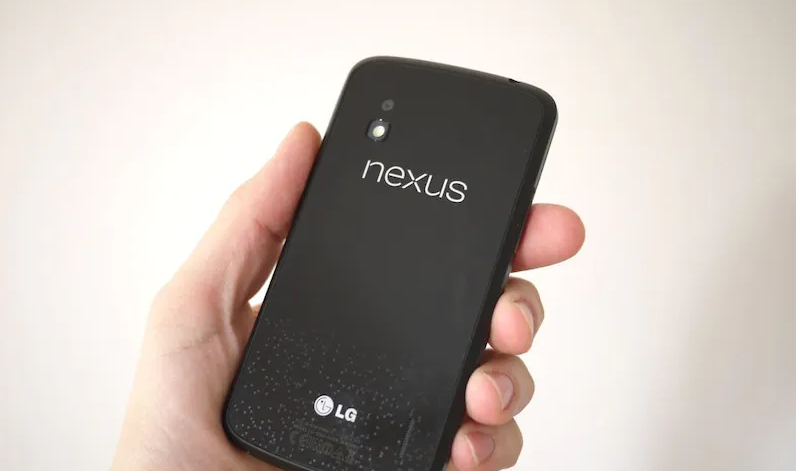
The Nexus 4 is LG’s first product in the Nexus lineup, and it focuses on build quality. Even though it was a rugged phone, the Gorilla Glass back could break, and like the iPhone, the battery was no longer removable. Phones at the time were starting to get LTE but didn’t use it to their advantage.
The Nexus 4 has a 4.7-inch 1280×768 IPS screen and comes with Android 4.2 Jellybean, which brings widgets to the lock screen and a quick settings menu that lets you access Wi-Fi and Bluetooth with a few swipes. It also had a swipe-like keyboard for easy typing. The device supported wireless inductive charging, a flagship feature of the Palm Pre.
Rating: 8.3 out of 10
Galaxy Nexus by Samsung (2011)

The second Samsung Nexus phone was the first to get Android Ice Cream Sandwich, which had cool new features like NFC file transfer and face unlock.
Android’s menu buttons became part of the system, not hardware, appearing at the bottom of the 4.65-inch Super AMOLED screen (the iPhone 4S looked tiny by comparison).
The phone was equipped with a 5-megapixel camera with flash, but it did not have an SD card slot, although 16 GB of internal memory was significant for that time.
Rating: 8.6 out of 10
Nexus S by Samsung (2010)
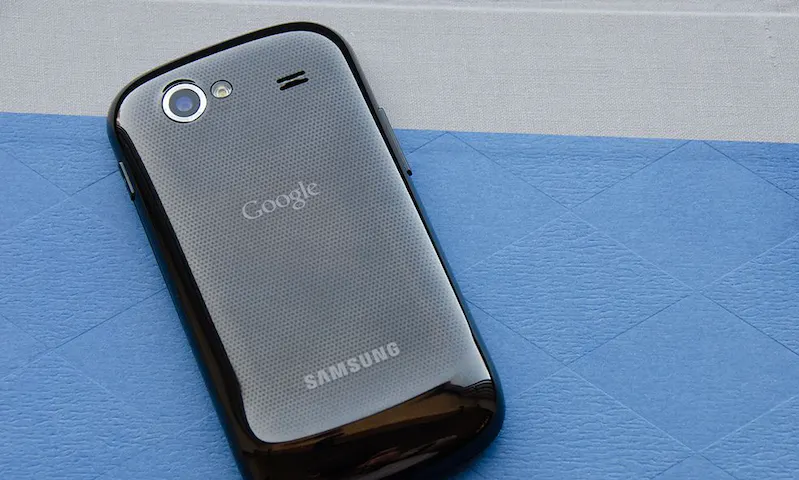
Before the Galaxy, there was the Nexus S, which was the first Samsung Nexus phone and the second Nexus phone in history.
Samsung has fitted the Nexus S with a large 4-inch Super AMOLED screen, with the display slightly “curved” to give it a unique look. The body of the device was made mainly of plastic and had a glossy finish. The phone was the first to ship with Android 2.3 Gingerbread, giving it a much improved interface. The power button on the right and the headphone jack on the bottom were unique design choices at the time.
Nexus One by HTC (2010)
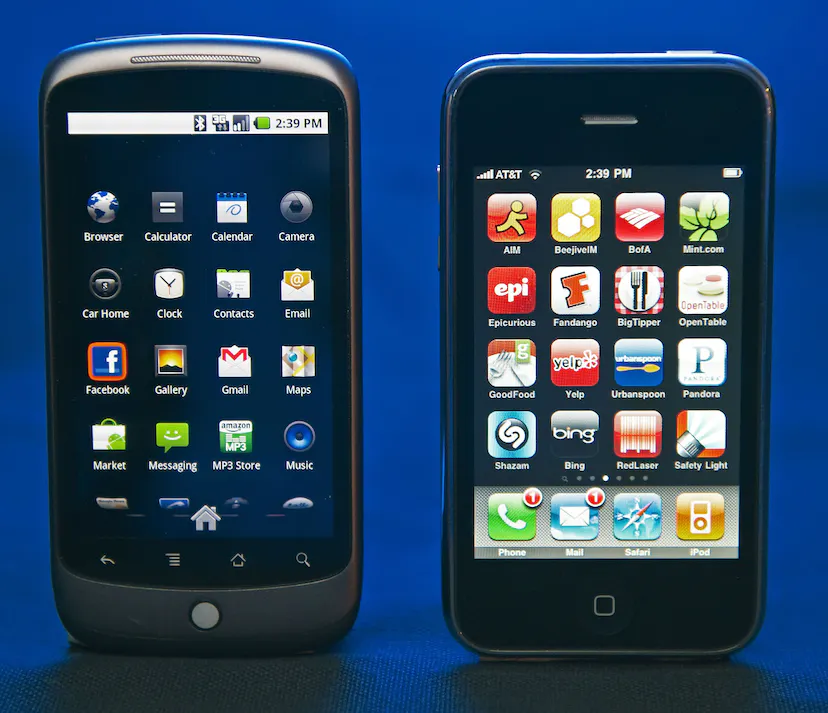
The Nexus One is the phone that “made Steve Jobs’ blood boil.”
“I will destroy Android because it is a stolen product. I am ready to declare thermonuclear war on him,” Jobs said, according to his biography by Walter Isaacson.
This is a phone that can compete with the iPhone 3GS. It’s slightly thinner and has a larger screen than Apple’s 3.7-inch model. The Android controls were capacitive buttons below the screen (a trend that continued for several years), and the physical controls were reduced to a sleep button and a trackball.
HTC Magic / T-Mobile myTouch 3G (2009)
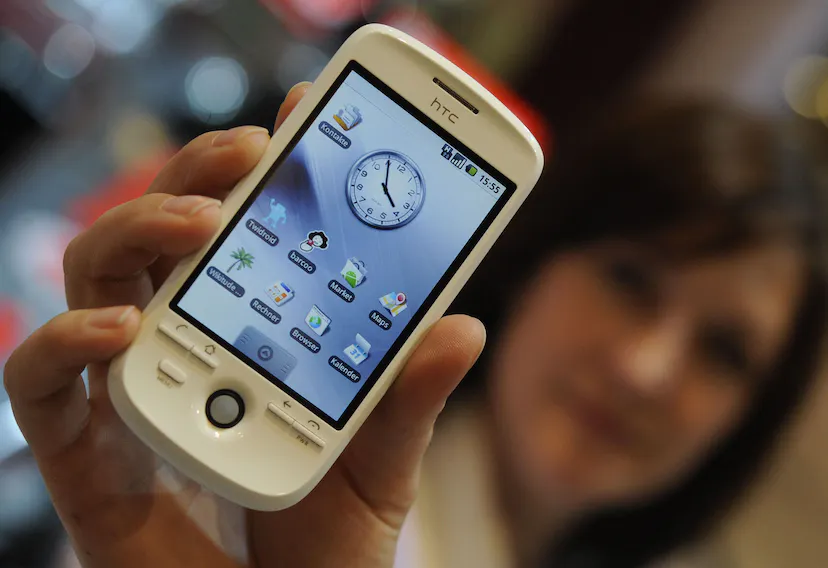
The second Android phone ditched the keyboard, moving closer to the iPhone’s full-screen design. Widely introduced in the US as the T-Mobile myTouch 3G, it had a 3.2-inch screen that was smaller than the 3.5-inch iPhone and lacked a good software keyboard by comparison.
Although it only had 4GB of storage, users could expand it with microSD and get more photos and music.
HTC Dream / T-Mobile G1 (2008)
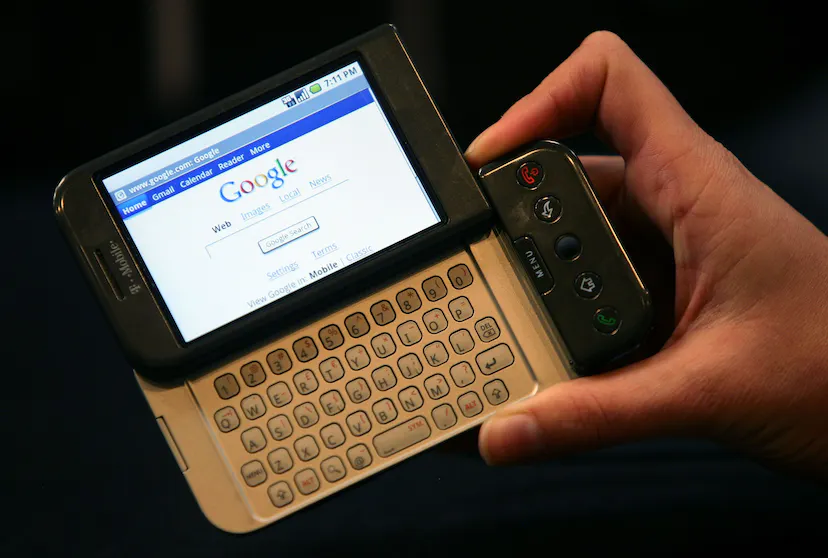
Before the Pixel and Nexus, there was the HTC Dream, the first phone to run Google’s new Android OS.
The HTC Dream was better known as the T-Mobile G1 because many phones sold in the US at the time needed an carrier partner with their own marketing and branding to be successful. The HTC Dream was designed for those who wanted to cautiously enter the world of full-screen phones that Apple was selling. It included a built-in slide-out keyboard like some Windows Mobile phones at the time, as well as a Blackberry-like trackball for easier navigation.
Source: The Verge




